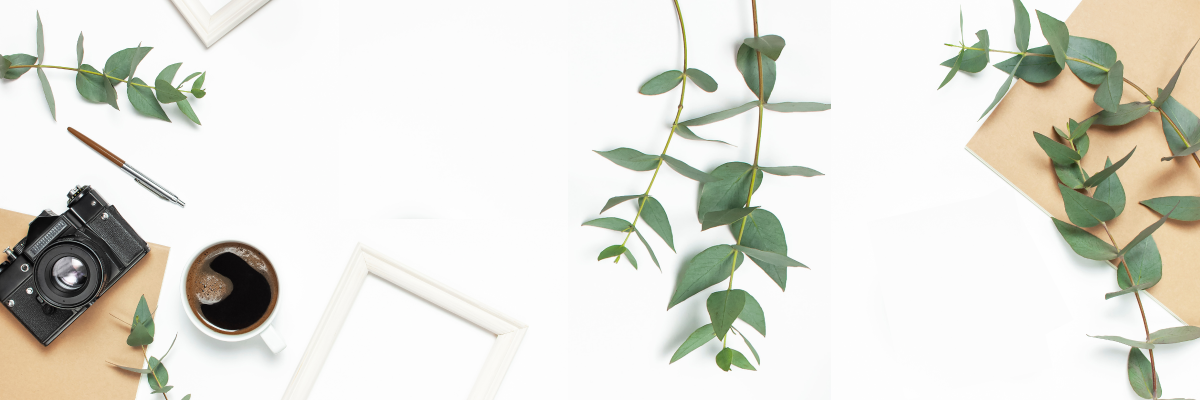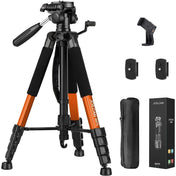When it comes to landscape photography, creating breathtaking images is often a blend of artistry, technical skill, and a passion for the great outdoors. Whether you're venturing into serene mountains or exploring rugged coastlines, having a keen eye and the right equipment is crucial. This guide will delve into the best practices for capturing stunning landscapes while ensuring your gear – like your favorite large camera case – is well-protected and accessible.
Understanding Your Environment
The first step to capturing stunning landscapes is understanding the environment you are in. Each location comes with its unique weather patterns, lighting conditions, and seasonal changes. To prepare for these factors, consider the following tips:
Research Your Location
Before you head out, spend some time researching the location. Websites, photography blogs, and local tourism sites can provide valuable insights into:
- Best times to visit
- Popular viewpoints
- What to expect in terms of weather
Scout the Area
If possible, scout the area beforehand. Taking a hike or exploring the location can help you find unique angles and compositions that are less crowded. This can be a key to capturing an image that feels fresh and unspoiled.
Essential Gear for Landscape Photography
While many photographers might think they only need their camera and lens, there are several pieces of gear that can enhance your landscape photography experience. A reliable large camera case is invaluable. Here’s a look at what you should consider bringing along:
Camera and Lenses
Choose a camera body that suits your style, whether it's a DSLR or mirrorless camera. Pair it with versatile lenses that allow you to capture a variety of scenes:
- A wide-angle lens for expansive views
- A telephoto lens for distant subjects
Tripod
A sturdy tripod is essential for landscape photography, especially in low-light conditions where longer exposure times are needed. A high-quality tripod allows for stability and precise framing.
Filters
Consider investing in filters such as polarizers or neutral density filters to control reflections and exposures. These can greatly enhance colors and clarify skies in your photographs.
Mastering Composition Techniques
Composition plays a crucial role in the aesthetic quality of your landscape images. Here are several techniques to help you frame your shots effectively:
The Rule of Thirds
This classic compositional rule involves dividing your image into three equal parts, both horizontally and vertically. Place the horizon along one of these lines for a more balanced image. Positioning key elements along these lines draws the viewer’s eye into your photograph.
Leading Lines
Use natural lines in the landscape (like trails or rivers) to guide the viewer’s eye towards the focal point. This technique creates depth and adds a dynamic quality to your composition.
Foreground Interest
Incorporating elements in the foreground draws viewers into the image and helps create a sense of depth. Use rocks, flowers, or interesting textures to enhance your landscapes.
Lighting: The Heart of Landscape Photography
The quality of light plays a pivotal role in defining the mood of your landscape images. Here’s how to leverage natural light for breathtaking results:
Golden Hour Magic
The golden hour—shortly after sunrise and before sunset—offers soft, warm light that can transform your landscapes. The long shadows and rich colors during this time can create stunning effects in your photography.
Cloudy Days are Not to Be Ignored
Don’t shy away from cloudy days; they can offer unique opportunities! Overcast conditions diffuse sunlight, reducing stark shadows and allowing for vivid colors, especially in forested areas or floral landscapes.
Post-Processing: Bringing Your Images to Life
Once you’ve captured your images, post-processing can be the difference between a good image and a truly stunning one. Here are some tips for editing landscape shots:
Lightroom and Photoshop Basics
Familiarize yourself with photo editing software such as Adobe Lightroom and Photoshop. You can adjust exposure, contrast, saturation, and sharpness to enhance the overall aesthetic of your images.
Enhance Colors and Clarity
Boosting colors and clarity can help make your landscapes pop! Pay attention to the histogram and keep exposure even to prevent any loss of data in highlights or shadows.
Gear Protection: Why a Large Camera Case is Essential
As you embark on your landscape photography adventures, caring for your gear is paramount. Here, the importance of having a reliable and spacious large camera case comes into play. Here’s why it matters:
Protection from the Elements
Landscape photography often involves unpredictable weather. A large camera case ensures your valuable gear is protected from rain, dust, and other environmental hazards that could affect performance.
Easy Transport
Hiking to capture landscapes can mean long periods on foot. A well-designed large camera case makes it easier to transport all your lenses and accessories while keeping everything organized and accessible.
Exploring Various Landscape Types
Understanding different landscape types can also help you adapt your technique and composition style. Here are a few popular types of landscapes along with tips for each:
Mountains and Hillsides
Mountains offer stunning scenery and dramatic backdrops. When photographing mountains, take advantage of leading lines and use elevation to your advantage by exploring different viewpoints.
Forests and Woodlands
Forests can provide rich, layered compositions. Utilize natural light filtering through trees, and focus on mid-tone colors to create a captivating scene.
Water Landscapes
From lakes to oceans, water bodies can add serenity and vibrancy to your images. Using a tripod and neutral density filters can help capture smooth water effects, especially during long exposures.
Tips for a Memorable Landscape Photography Experience
Every photographer has their own unique style and approach to capturing landscapes. Here are some additional tips to enhance your experience:
Stay Patient and Observant
Great landscape photography often requires patience. Spend time observing your surroundings before taking a shot, and be ready for unexpected moments that might unfold.
Join Photography Communities
Engaging with fellow landscape photographers through online forums, social media, or local photography clubs can inspire new ideas and sharpen your skills.
Embark on Your Photography Journey
With the right equipment, knowledge, and a passion for capturing beauty, you are on your way to creating stunning landscape images. Remember that every landscape presents unique opportunities for composition and storytelling. Whether you’re tackling the challenge of a dense forest or the vastness of an open field, your photography journey is about exploration and personal expression. Don't forget to protect your gear with a reliable large camera case, allowing you to venture out confidently, knowing your equipment is secure. So grab your camera, pack your bag, and get ready to capture the wonders of our world! Happy shooting!











